Time:2025-06-25 Views:0

How to present more real object color
>>>>>>>>>>>>>
In today's lighting applications, two major needs and challenges arise:
●Color expression ability
●Human-Centric health
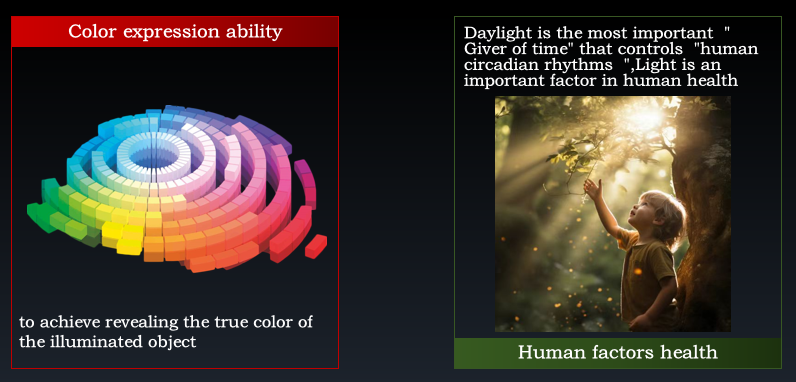
Concepts and limitations of conventional color rendering index
Color Rendering Index
The average value of R1-R15.
R1-R15 is a total of fifteen colors specified by CIE, including Asian women's skin colors,
with R9 being saturated red.
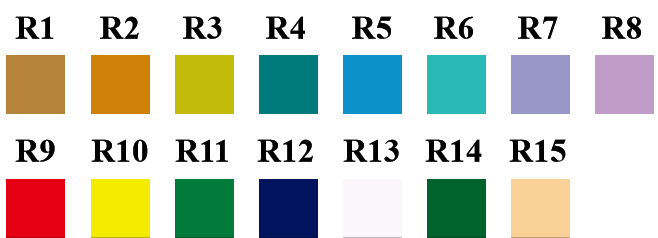
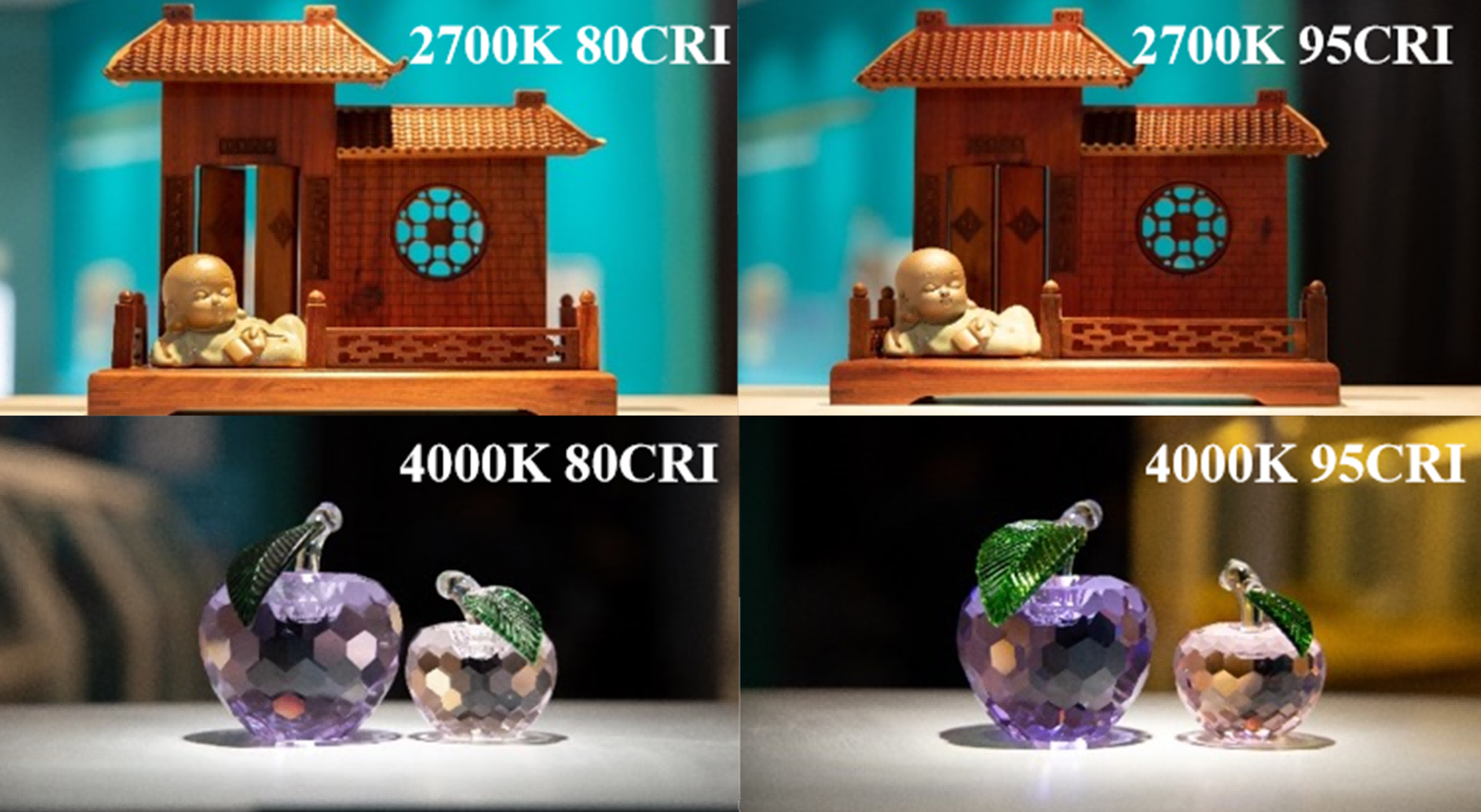
Limitations:
Faced with shades of the same color (i.e., factors such as the saturation of the color),
it is difficult to make effective determinations and identifications.

2. Color quality redefined
The Illuminating Society of North America(IES) officially released a new evaluation method for the color rendering ability of light sources on May 18, 2015-IES TM-30-15 IES Method for Evaluating Light Source Color Rendition.
It is no longer to use only one indicator to evaluate light source color rendering, but two indicators:Rf and Rg
Rf:color fidelity
It is used to indicate the similarity of each standard color under the
test light source compared with the reference light source.
(100 means exactly the same; 0 means very different).
Rg: color saturation
It is used to indicate saturation changes of each standard color under the test
light source compared with the reference light source.
(100 means the saturation is the same: above 100 means the light source
can increase the saturation of the color, below 100 means the color saturation
is lower under the test light source).
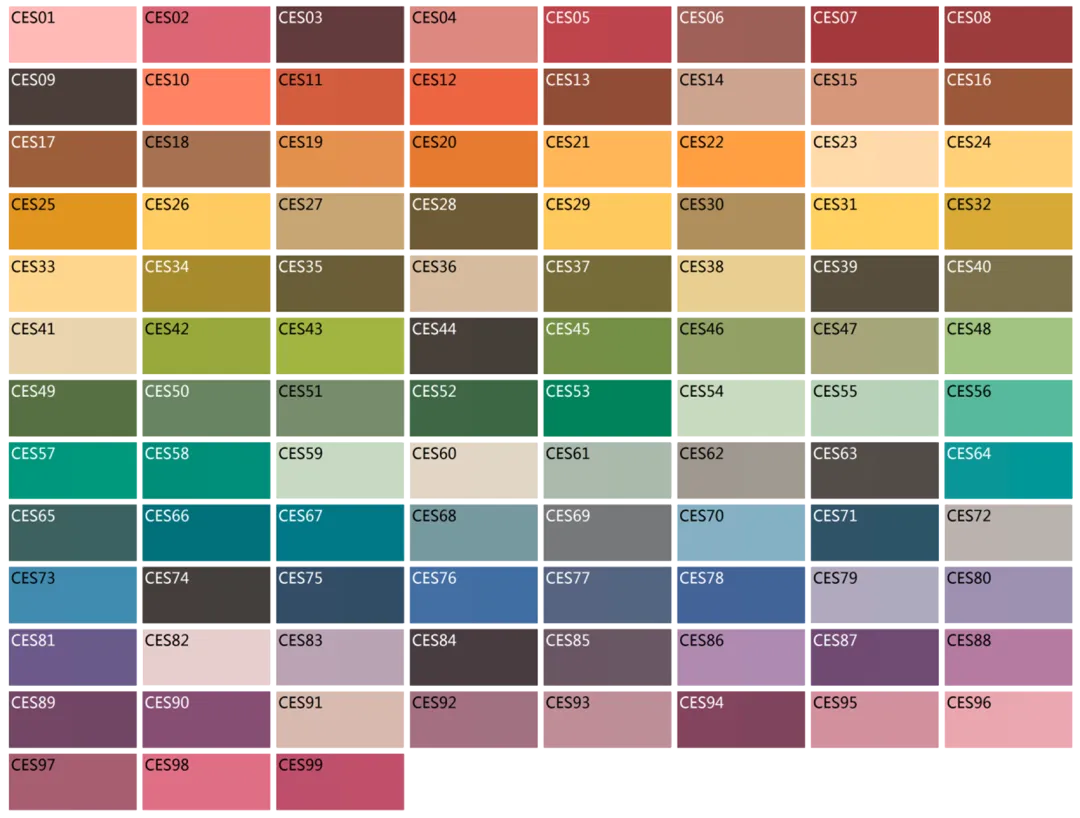
Compared with CRI which has only 8 standard colors, the new system uses 99 standard colors.
These 99 standard colors are no longer Monsell color cards, but carefully selected from the colors of 105,000 objects.
They represent various common colors that can be often seen in life (from saturated to unsaturated, from light to dark)
3.Full Spectrum Color performance
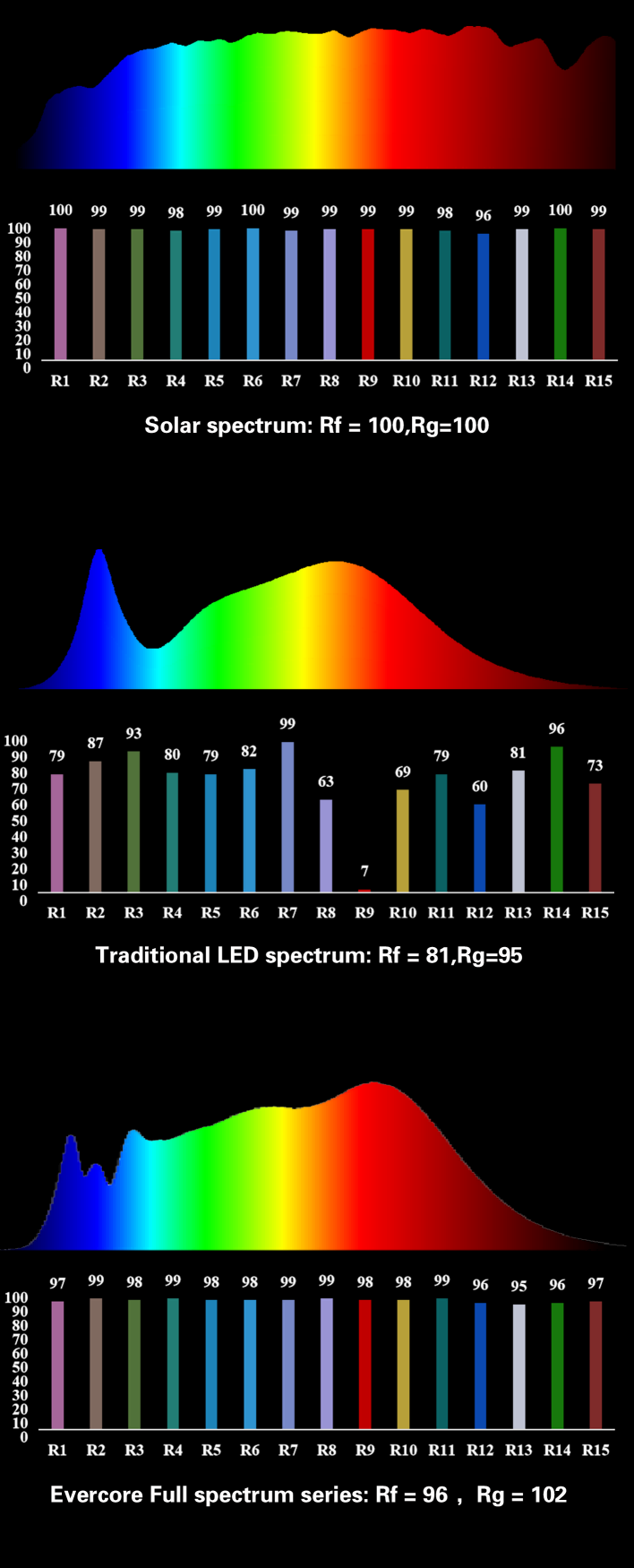

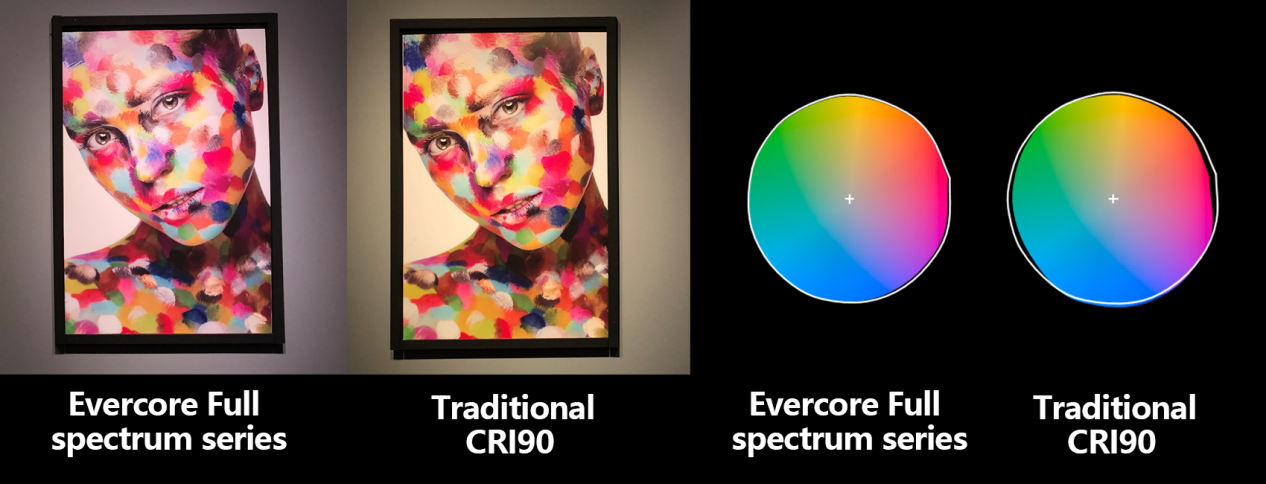
Evercore full-spectrum COB uses blue LED chips of multiple wavelengths to excite, matched with phosphors to simulate the full-spectrum effect of halogen lamps under the premise of no ultraviolet light.
It resembles more with the solar spectrum and has more color configurations, which could provide a more comfortable visual effect.
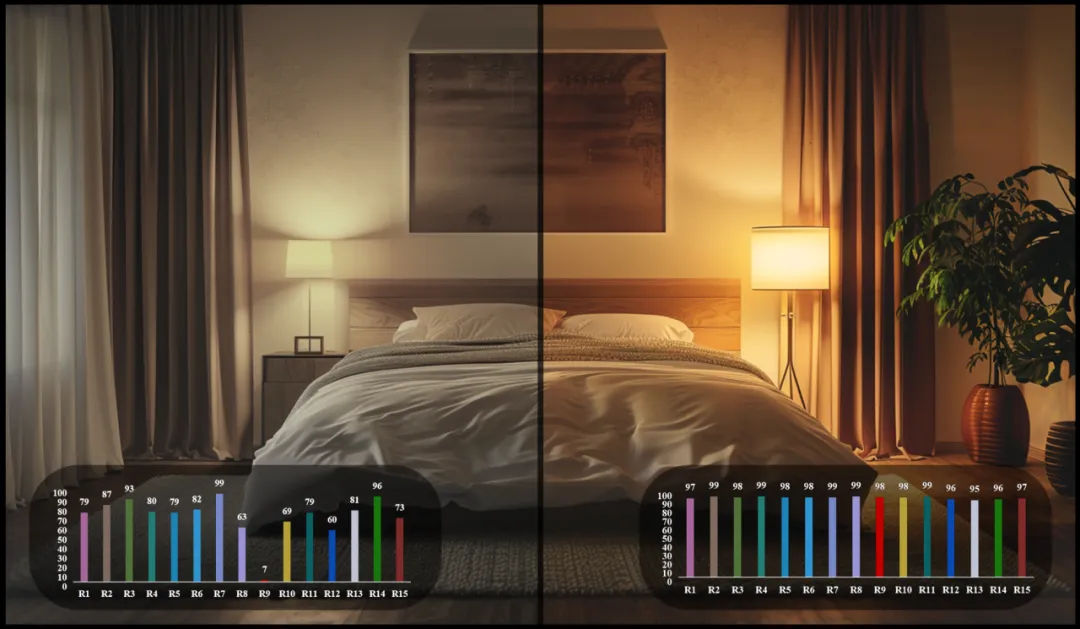
Ra97 Museum level color rendering
High visual presentation effect & returning to the essence of color
Light and Human Centric Lighting
>>>>>>>>>>>>>
Daylight is the most important “ Giver of time" that controls human circadian rhythms “. Light is an important factor for human health
The cold white wavelength in light will help to inhibit the secretion of melatonin.
The retina of the human eye contains three types of photoreceptor cells:
● Cone cells (color sensitive)
● Rod cells (sensitive to low light)
● Ganglion cells (sensitive to blue light)
The main output of the biological clock system is the production of melatonin, a sleep hormone. The generation of this hormone in the pineal gland varies over time of the day. Melatonin is secreted at night and has extremely low levels during the day. The increase in melatonin inhibition caused by light usually occurs simultaneously with an increase in alertness and sustained attention.
All living things have an "internal clock" called a circadian rhythm, so using the right light at the right time can affect everything from a person's sleep to how we feel and perform.
That’s why human-centered lighting (HCL) is beneficial for schools, healthcare facilities, offices and industrial buildings.
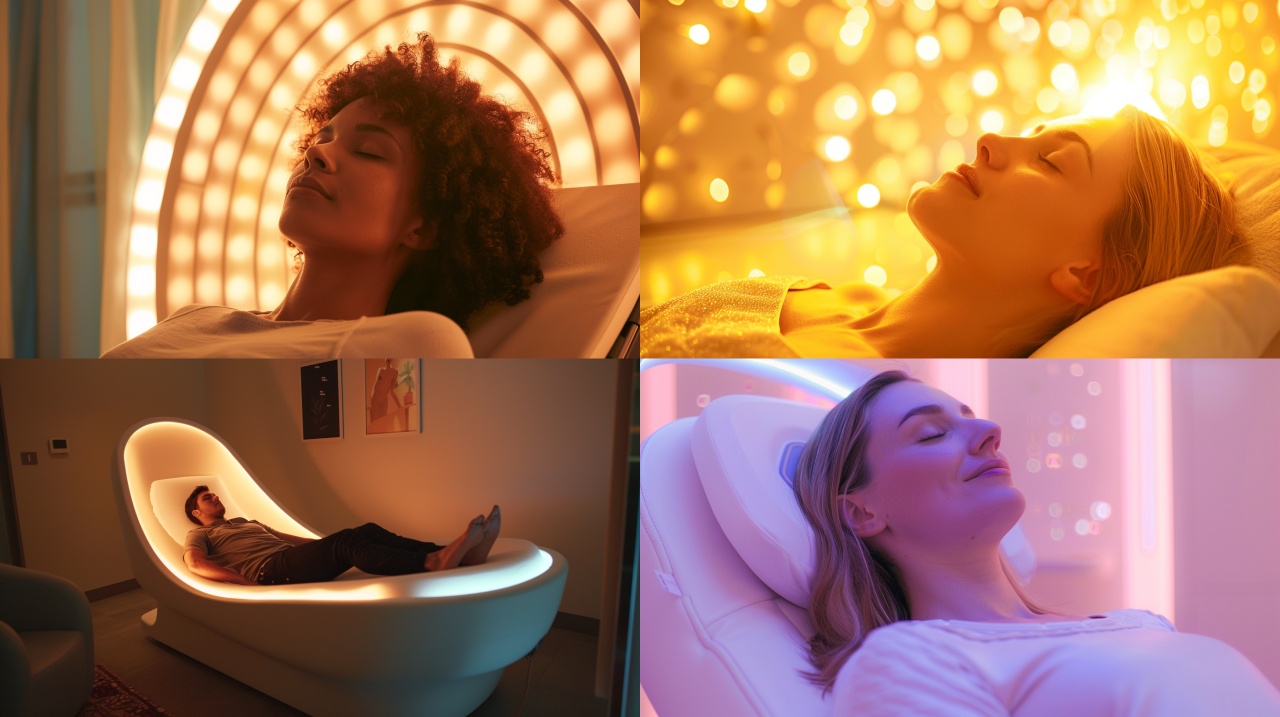
1. The impact of different wavebands on the human body

Solar spectrum

●400—480nm
It has relatively high energy and can penetrate the lens directly to the retina, causing atrophy or even death of retinal pigment epithelial cells;
The lens in the human eye will absorb part of the blue light and gradually become cloudy to form cataracts, while most of the blue light will penetrate the lens. Especially in children, the lens is relatively clear and cannot effectively block blue light, making it more likely to cause macular degeneration and cataracts.
●480—500nm
It affects ganglion cells to set the biological clock that synchronizes the body with the external circadian cycle, and is also related to the secretion and growth of melatonin.
●650nm
It can promote the secretion of dopamine from the retina (dopamine is an important retinal neurotransmitter), increase retinal microcirculation, promote sufficient blood supply to the choroid under the eye, increase choroidal nutrient transfer, improve scleral elasticity, inhibit abnormal growth of the axial length, and can achieve the treatment of myopia. effective prevention and control.
●4000nm
It affects blood circulation and immune cell activity and is called the "light of life."
2. Evercore Full-spectrum COB advantages
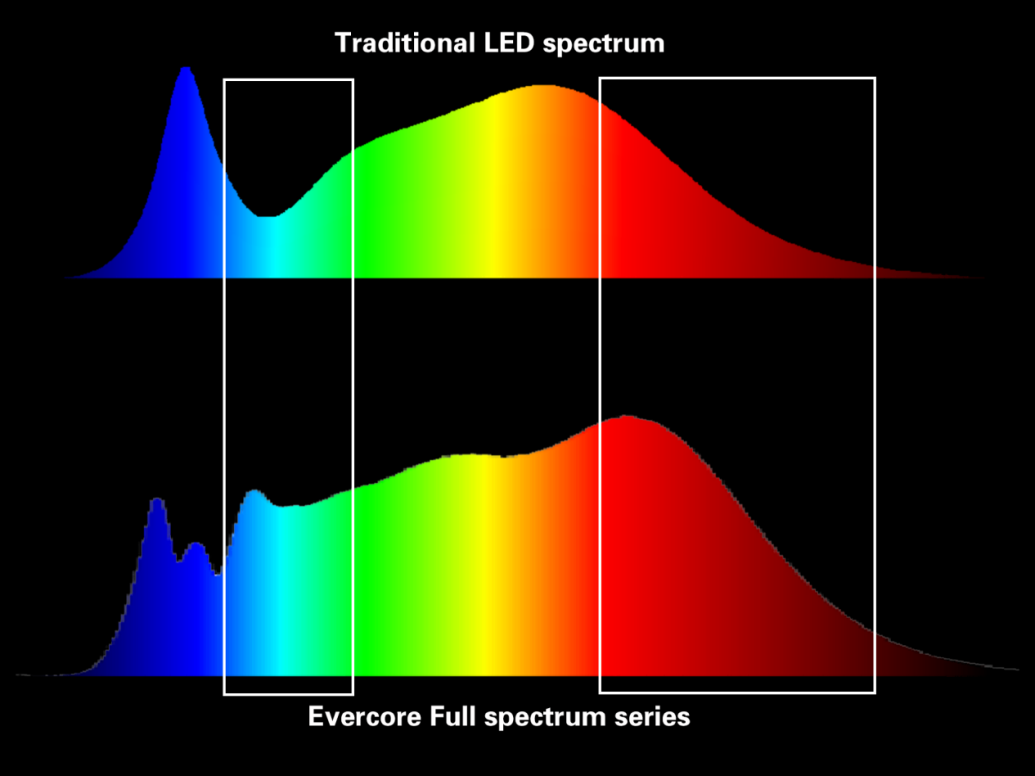
●Using multi-wavelength blue chips;
●Fill in the blue light of the 480nm that is missing from conventional LEDs;
●More in line with the needs of human rhythms
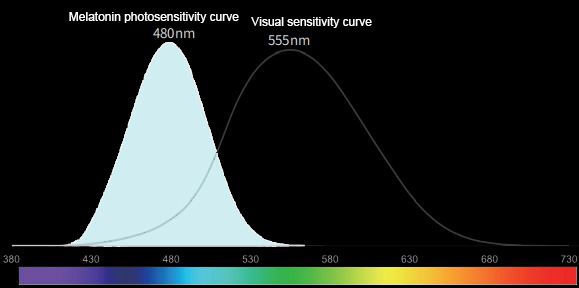
Long wave blue light (wavelength 480-500nm)
It has important functions such as synchronizing human biology, regulating circadian rhythm, producing dark vision, and affecting refractive development;
And it can also cause the eyes to secrete dopamine.

The continued development of myopia may lead to severe deformation of the sclera, choroid, and retina, increasing the risk of glaucoma, retinal detachment, retinochoroidal atrophy, cataracts, choroidal neovascularization, and optic neuropathy.
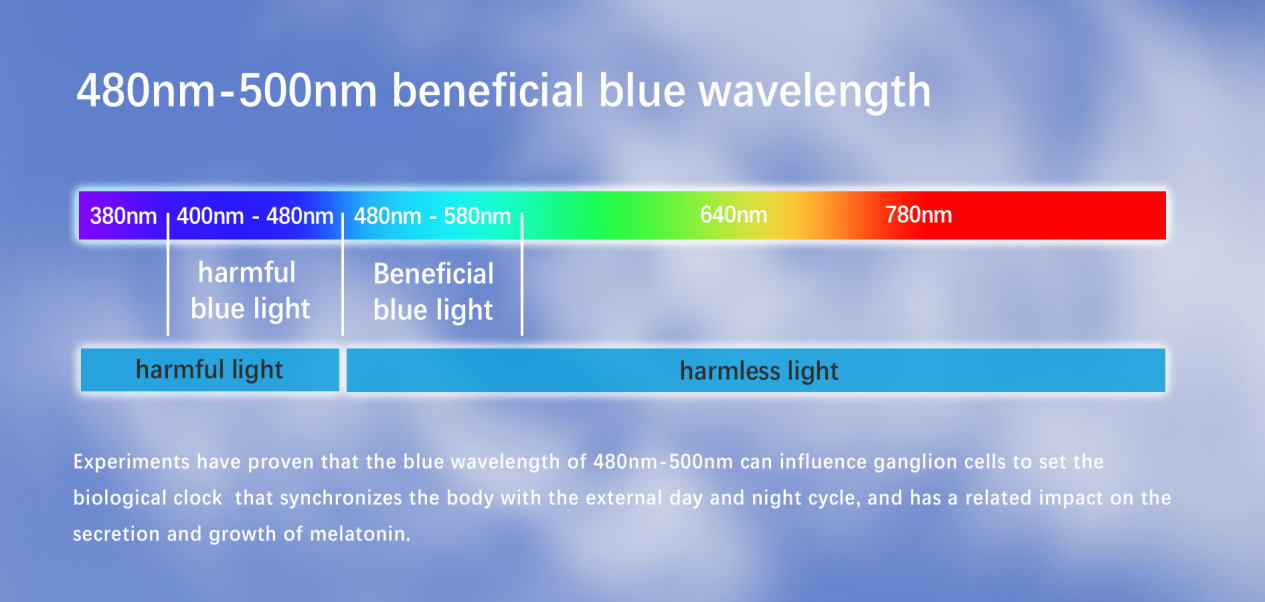

Full-Spectrum COB Series
>>>>>>>>>>>>>
Four luminous surface sizes,available in multiple specifications:
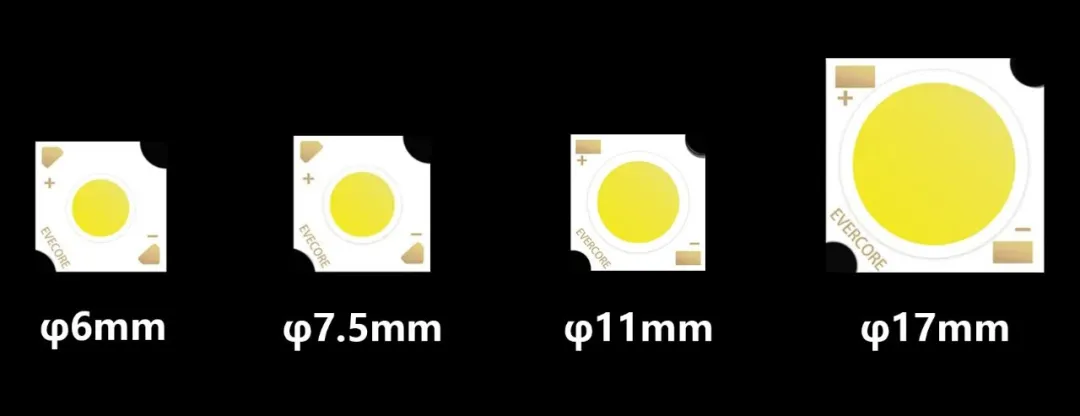
Application Scenarios for Full-Spectrum Products:
Public Education
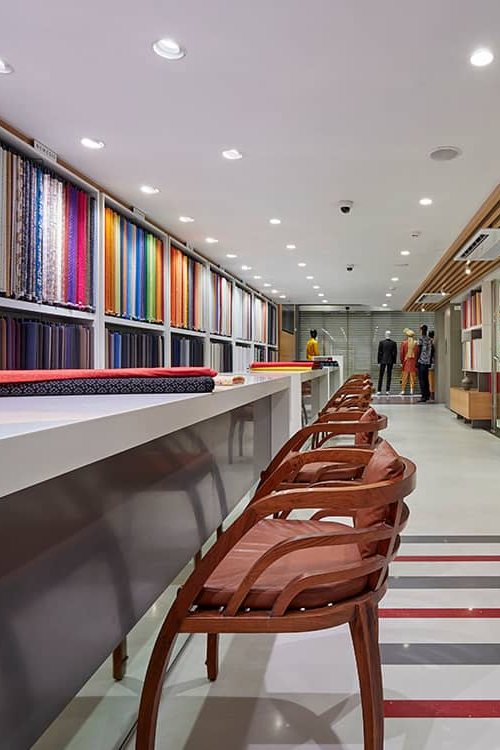
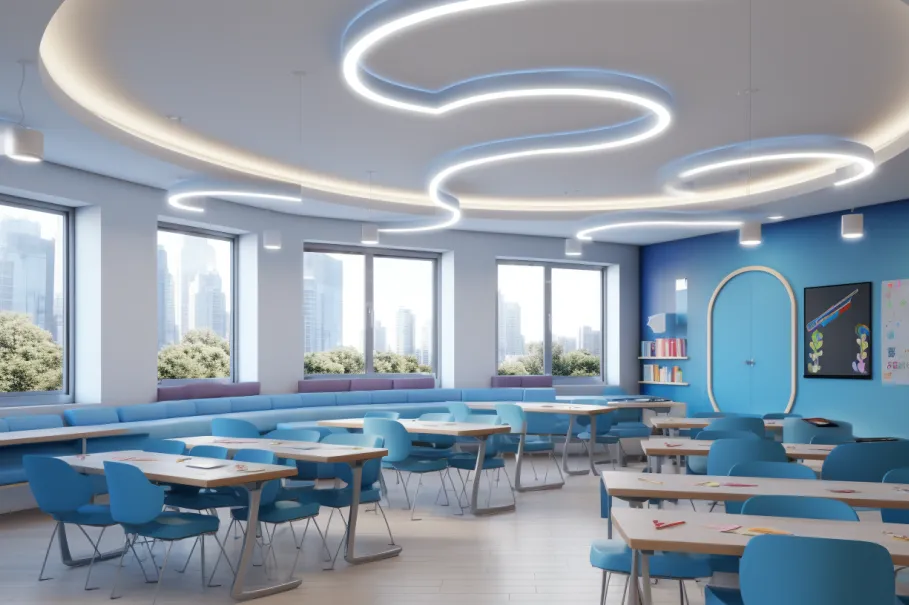

High-End Clubs


Home Living

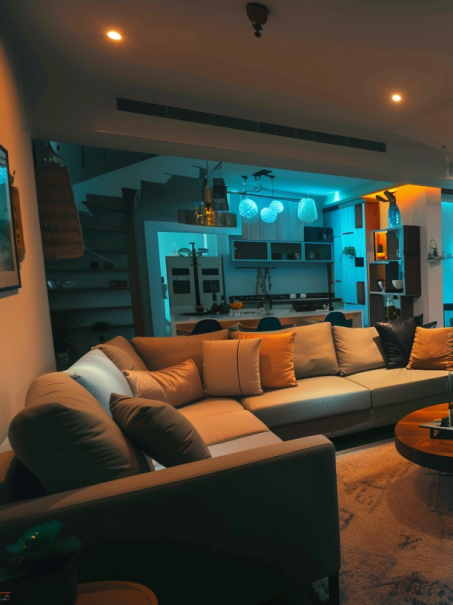
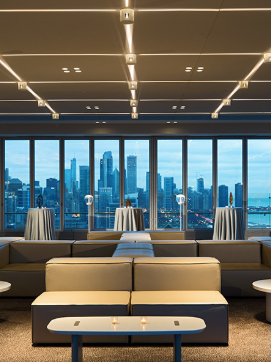

Wellness and Physical Therapy Institutions

